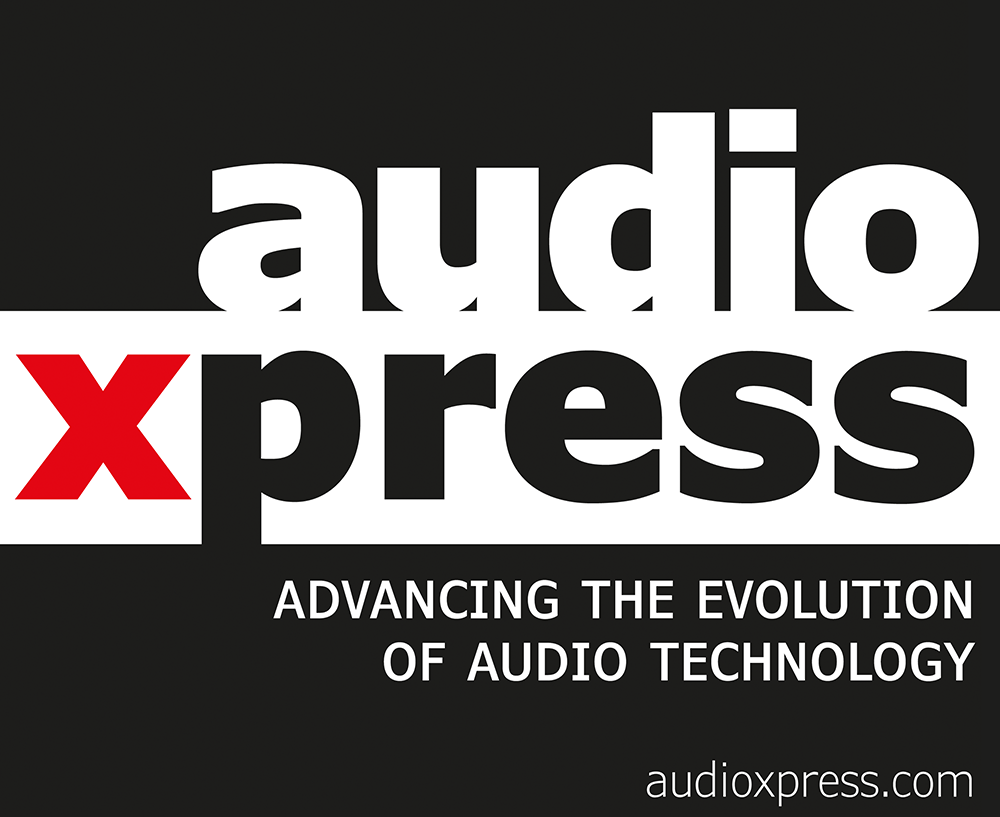
The rise of user-generated content is placing more and more demands on the capture capabilities of today’s smartphones. Yet while imaging and camera technologies have improved significantly over the past few years, audio recording features have been lagging behind. Until Nokia’s OZO Audio.
User-generated content is big. Over half of all consumers globally share their videos through mobile. Millennials spend 30% of daily media use viewing user-generated content (5.4 hours) — almost as much as print, radio, and television combined, which comes in at 33%. Yet while imaging and camera technologies have improved significantly over the past few years, audio recording features have been lagging behind until recent advances in spatial audio processing.
Recent advances in spatial audio processing have seen the audio capabilities of today’s smartphones improve significantly. For smartphones with two or more microphones, we can now capture and process spatial sound, enabling faithful reproduction of the spatial sound field and salient audio cues that are present in the recording.
But audio innovation doesn’t stop there. The combination of accurate spatial audio analysis with smart multi-microphone audio processing algorithms enables an entirely new set of spatial audio features to be introduced, including advanced audio focusing and audio zoom. Here, we look at the key factors and technologies behind making modern smartphones into true audio recording devices and showcase the latest application examples.
Read the Full Article Now Available Here
This article was originally published in audioXpress, April 2019






